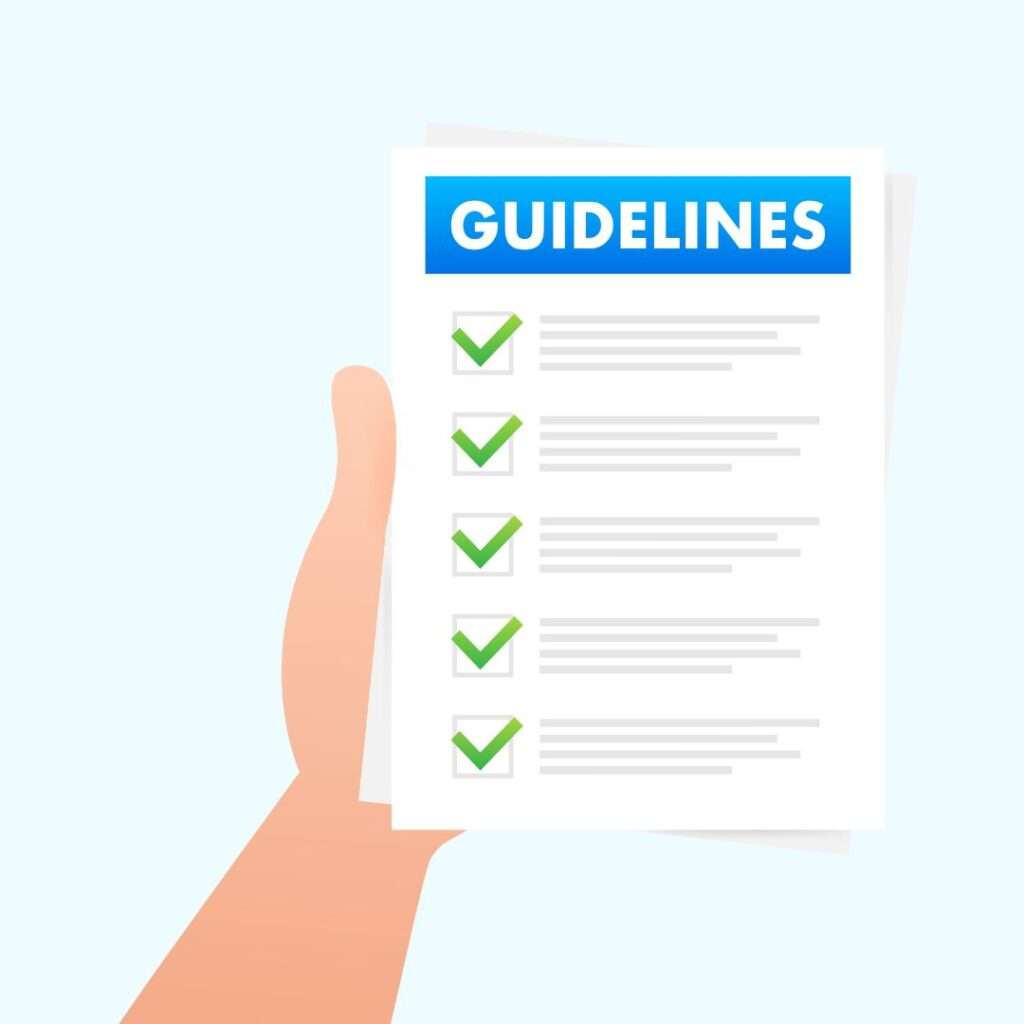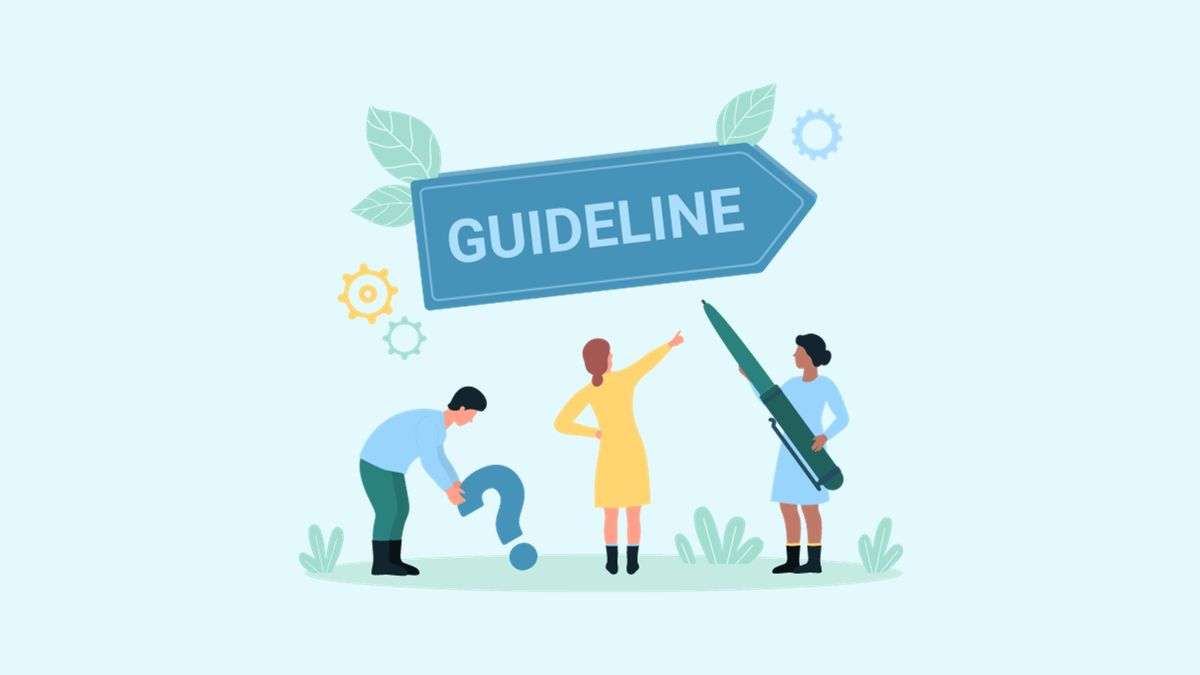Table of Contents
- Introduction
- Understanding the Components of Publishing Guidelines
- Navigating Ethical Considerations in Academic Publishing
- How to Create Publishing Guidelines: Best Practices
- Conclusion
Introduction
The write-up delves into how to create publishing guidelines for academic publishing, covering various aspects and elements. Academic publishing refers to the process of contributing scholarly research and ideas to peer-reviewed academic journals, conference proceedings, or books. It plays a vital role in disseminating new knowledge and furthering academic discourse within various fields of study.
Through academic publishing, researchers can share their findings with colleagues worldwide. Other academics evaluate, critique, and potentially build upon their work.
The peer-review process associated with most academic publishing aims to ensure quality and credibility. By having research rigorously examined by experts before publication, the academic community upholds high standards and drives the advancement of knowledge. Published works also lend credibility to researchers when applying for funding or positions. Overall, academic publishing facilitates the growth and spread of specialized knowledge across institutions and borders.
Publishing guidelines establish clear protocols and best practices for researchers seeking to publish their work. They cover essential ethical, methodological, formatting, and stylistic considerations. These guidelines encourage integrity and high-quality scholarship by providing academics with a framework for publishing.
For instance, guidelines can help researchers avoid plagiarism by outlining proper attribution and citation procedures. They might require transparency regarding data collection methods or funding sources. Adherence to formatting guidelines, such as APA, MLA, and Chicago, also ensures accessibility for readers. Overall, well-designed publishing guidelines uphold rigor, transparency, and ethical behavior in academic publishing.
Journals and publishers often tailor their guidelines to meet the needs of their target research communities. Field-specific protocols regarding peer review, open access, data management, and writing style can evolve through these guidelines. Researchers must familiarize themselves with the relevant guidelines before submission to ensure compliance.
Understanding the Components of Publishing Guidelines
The Essential Components of Publishing Guidelines
Publishing guidelines outline the standards and best practices that academic publications should adhere to. Some key elements that are typically included in publishing guidelines are:
- Formatting standards – Specifications for how manuscripts should be formatted and structured, including font, margins, headings, citations, and references.
- Ethical policies – Rules regarding plagiarism, falsification/data fabrication, authorship standards, conflicts of interest disclosures, etc.
- Review process – Description of the peer review process, reviewer selection criteria, timeline expectations, appeal options, etc.
- Licensing/copyright – Overview of policies regarding copyright transfers, licensing options, permissions, and author retention rights.
- Style guide – Guidelines dictating writing style rules around spelling, grammar, punctuation, terminology, etc.
Clearly outlining these key elements sets consistent expectations for authors and ensures integrity across all publications.
Clarity and Specificity
It is vital for publishing guidelines to be as clear and specific as possible for several reasons:
- Removes ambiguity – Vague, broad statements leave too much open to interpretation, which can confuse.
- Sets consistent standards – Clear, precise guidelines enable consistency across all articles published.
- Aids compliance – Authors can easily understand what is expected to satisfy the requirements.
- Enables enforcement – Editors can fairly uphold policies when there are breaches.
- Reduces time delays – Manuscripts are less likely to be rejected or sent back for revisions due to clarity issues.
Precise publishing guidelines are crucial because they create transparency around policies, streamline the publication process, and uphold the quality and integrity readers expect from academic research.
Navigating Ethical Considerations in Academic Publishing
Addressing Plagiarism and Ethical Misconduct
Publishing guidelines are crucial in addressing plagiarism and other ethical issues in academic publishing. Clear policies on attribution, citation, and reproducing others’ work set expectations and help prevent intentional or unintentional plagiarism.
For example, guidelines may require quoting verbatim text over a certain length and providing citations for all sources used. They also often delineate different categories of misconduct and associated penalties. By providing detailed instructions on proper attribution and citation formats, publishing guidelines make it easier for researchers to credit others’ ideas and discoveries appropriately.
This promotes transparency and accountability across academic literature. Guidelines also frequently require disclosing conflicts of interest and funding sources, further bolsters ethical integrity. In addition, many guidelines include procedures for investigating alleged violations and carrying out disciplinary actions. Outlining a formal process for reporting concerns, assessing evidence, and administering penalties can act as a deterrent against misconduct.

It also ensures fairness and consistency in enforcement. Overall, well-designed publishing guidelines set standards and expectations, facilitate proper attribution, promote transparency, and enable enforcement against plagiarism and ethical breaches. This helps uphold integrity across academic publishing.
Transparency and Attribution
Emphasizing transparency and attribution in publishing guidelines is critical for several reasons:
- It builds trust and accountability in research. By properly disclosing funding sources, conflicts of interest, contributor roles, and access to data, researchers reduce bias and enable the verification of findings.
- It provides appropriate credit to researchers for their work. Rigorously citing sources and attributing ideas, methods, data, and conclusions to the correct researchers rewards their efforts.
- It facilitates collaboration and progress. Transparency enables other researchers to build on prior discoveries more efficiently and avoid unnecessarily duplicating work.
- It upholds ethical standards and integrity in research. Transparency deters intentional deception and reduces questionable research practices that could undermine the literature.
- It enables the assessment of research quality and significance. By clearly articulating study parameters and data provenance, transparency assists with gauging robustness and reproducibility.
Thus, publishing guidelines directly contribute to research quality by mandating transparency and setting attribution expectations. This also indirectly helps sustain public trust and funding for academic research. Ultimately, transparency and attribution are foundational to the entire scientific enterprise.
How to Create Publishing Guidelines: Best Practices
When crafting publishing guidelines for an academic community or field of study, it is crucial to tailor them to that discipline’s specific needs and norms. For example, guidelines in the sciences may emphasize different ethical considerations than those in the humanities. The guidelines should reflect the types of research methods, writing styles, and subject matter common in that study area.
Some key ways to tailor publishing guidelines include:
- Consulting directly with members of the academic community to understand their practices, challenges, and needs related to publishing
- Reviewing both successful and problematic examples of published work in that discipline to highlight areas for guidelines to address
- Aligning terminology, standards, and protocol descriptions with disciplinary norms and expectations
- Emphasizing ethical considerations that are particularly salient for that field, such as human subject protocols in social science research
Tailoring guidelines in this way helps ensure they provide relevant, practical advice instead of generalized recommendations that may not meet the needs of a particular audience.
Incorporating Feedback and Revisions
There are a few key reasons why allowing for regular feedback and revisions is crucial for effective publishing guidelines:
- Academic publishing practices evolve, so guidelines need to be updated to remain current and useful
- Feedback from those consulting the guidelines can identify gaps, clarify ambiguities, and improve comprehensiveness
- Different perspectives (e.g., editors vs. reviewers vs. authors) can help strengthen guidelines by rounding out any blind spots
- Updating guidelines builds confidence that they represent the most recent ethical expectations and best practices
Some best practices for incorporating feedback include forming advisory committees, soliciting comments during a public review period, or conducting periodic surveys of target users. Academic communities can produce work of the highest quality and integrity by continually assessing and enhancing publishing guidelines.
Conclusion
We have delved into how to create publishing guidelines, which are crucial in upholding the quality and integrity of scholarly work. By clearly defining key elements and ethical considerations, effective guidelines provide academics with a framework for conducting and disseminating research responsibly. Some key takeaways include:
- Publishing guidelines contribute to consistency and transparency in how academic work is prepared, reviewed, and published.
- Guidelines should address issues like plagiarism, proper attribution, and disclosure of conflicts of interest to mitigate misconduct.
- Tailoring guidelines to different academic fields and revising them periodically is vital to ensure their relevance and effectiveness.
Moving forward, the academic community must actively engage with and provide input on developing publishing guidelines. This will require time to review drafts, offer constructive feedback, and participate in open discussions around updates and changes. Doing so will result in standards that enable academics to produce influential work of the highest quality and integrity.
Some ways to get involved include:
- Volunteering for roles in scholarly societies or journal editorial boards related to ethics and publishing guidelines.
- Attending conferences and seminars focused on issues in academic publishing and integrity and how to create publishing guidelines effectively.
- Contributing well-reasoned perspectives in public consultations around proposed changes to publishing codes and policies.
By actively engaging with efforts to enhance publishing guidelines, academics can help foster greater transparency, accountability, and trust in academic publishing and scholarly work.
